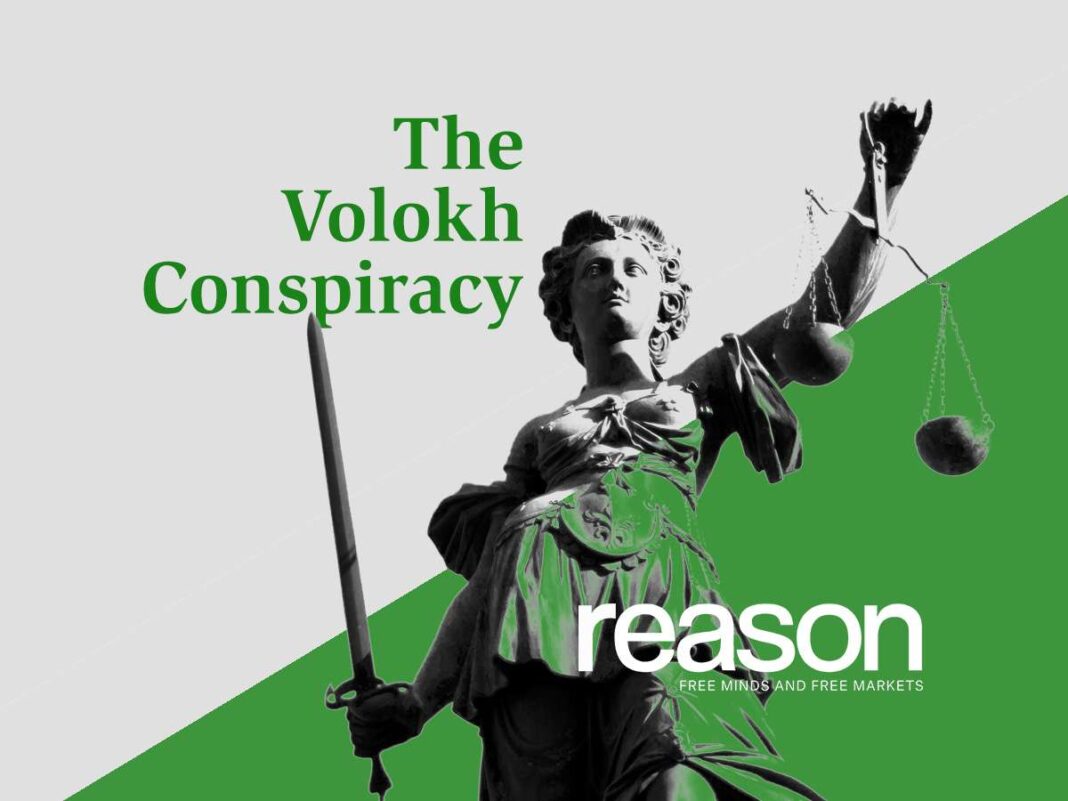The DEI Dean at Stanford Law did not think Judge Duncan’s juice was worth the squeeze. I pose a related question: are all of Stanford’s graduates worth the squeeze? Without question, these students have excellent academic credentials, and performed very well on various forms of testing. But at least some of them exercised terrible judgment. They decided that it was appropriate to shout down and heckle a sitting federal judge. They yelled vulgar slurs about parts of the human anatomy. Now, to be fair, these students have been inculcated in DEIdeology. They were taught by Dean Steinbach and others that this sort of behavior is not only appropriate, but is a necessary response to a harmful presence on campus. So perhaps the students should not bear all of the blame here. Stanford is at least responsible in part; plus their undergraduate institutions; and their K-12 teachers (current 1Ls were born circa 2000); don’t forget coaches that handed out participation prize trophies; and so on.
Thankfully, Stanford can help fix this mess. To paraphrase Dean Steinbach, Stanford can separate the juice from the pulp. But how? The first step would be to identify the students who violated the code of conduct. The joint statement from the President and the Dean seems to suggest that at least some students crossed the line. The event was recorded from multiple camera angles. It would not require Zapruder-level scrutiny to figure out who was at fault. Now, Stanford may not really want to identify the assailants. We never did find out who placed black tape on the faculty photos at Harvard Law School.
I do find it telling that the protestors stood outside Dean Martinez’s class while wearing custom-printed-masks. These non-N-95 masks did not provide much COVID protection, but were very effective at concealing identifies. I heard from a colleague that the masks would allow more students to participate who feared potential repercussions.
After the relevant students are identified, Stanford would have several options. I’ll list them in order of increasing severity. First, the college could simply issue a warning to those who violated the code of conduct. There would be a recognition that they transgressed, but no consequences at the moment. However, if they were to violate the code again, there would be some distinct consequences. A one-bite rule, so to speak, would perversely incentivize every student to have one, and only one, moment in the sun. I imagine that students who are unfortunate enough to get a mere warning would let all other students engage in future risky conduct.
Second, Stanford could impose some form of extracurricular punishment. For example, students cannot participate in organizations like moot court or law journals, or serve as research assistants for professors. These consequences would deprive elite students of that which they hold most dear–credentials for their resume and recommenders for clerkships. And, in a way, these sanctions would signal to prospective employers that something was amiss. A student was on law review for 2L, but not 3L? Still, there would be no official imprimatur of misconduct.
Third, Stanford could issue such an imprimatur. The college could convey a message to the character & fitness review board of the relevant state. Now, in California, asking Judge Duncan about the female anatomy may warrant some sort of special commendation from the health law section of the state bar. 51 imperfect solutions, and all. But for other, more sane jurisdictions, this sort of conduct should have repercussions. Still, these communications to the bar are not (as far as I know) publicized.
Fourth, Stanford could make things public. It could issue a press release naming and shaming all of the students who violated the code of conduct. Presumably, any law firm or judge who hired or is planning to hire a SLS grad would check this list, and may proceed accordingly. Judges Ho and Branch offer a similar recommendation in National Review.
And if schools are unwilling to impose consequences themselves, at a minimum they should identify the disrupters so that future employers know who they are hiring.
Schools issue grades and graduation honors to help employers separate wheat from chaff. Likewise, schools should inform employers if they’re injecting potentially disruptive forces into their organizations.
This move would send a signal to all of Palo Alto, and indeed, the entire country: there are actual consequences for such behavior. Then again, some firms may want to hire these students. Good for them! Hopefully they do not exercise such behavior in the John Minor Wisdom Courthouse. Some judges may also view such conduct as admirable. Professor Rory Little wrote that heckling is a new form of “principled civil disobedience“! Good for them! If judges accept this worldview, we’re in big trouble.
Fifth, there is the option of expulsion. These students can forget about clerkships or summer associate gigs. They will not even be allowed to sit for the bar. Still, I think this option would be draconian, especially for a first-time offense.
Stanford has options. Let’s see if it does anything about this situation, or if it will simply issue naked apologies.





